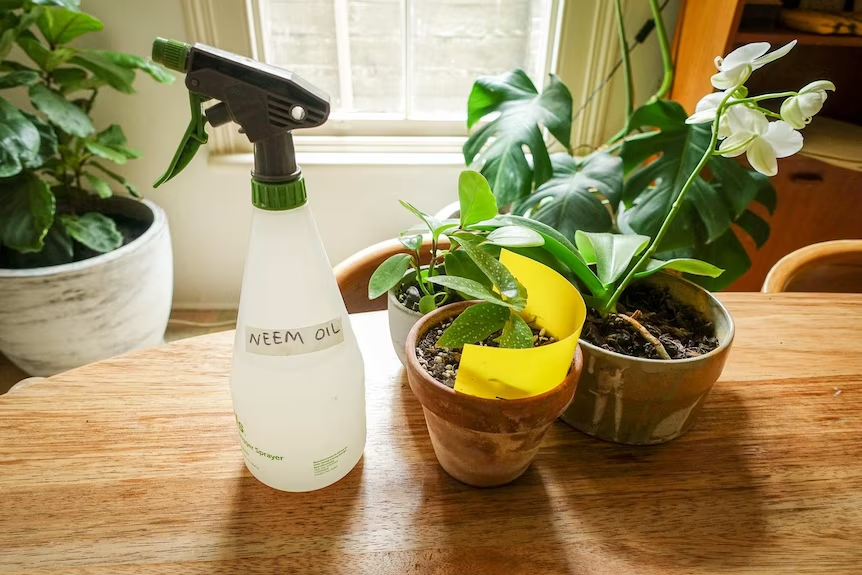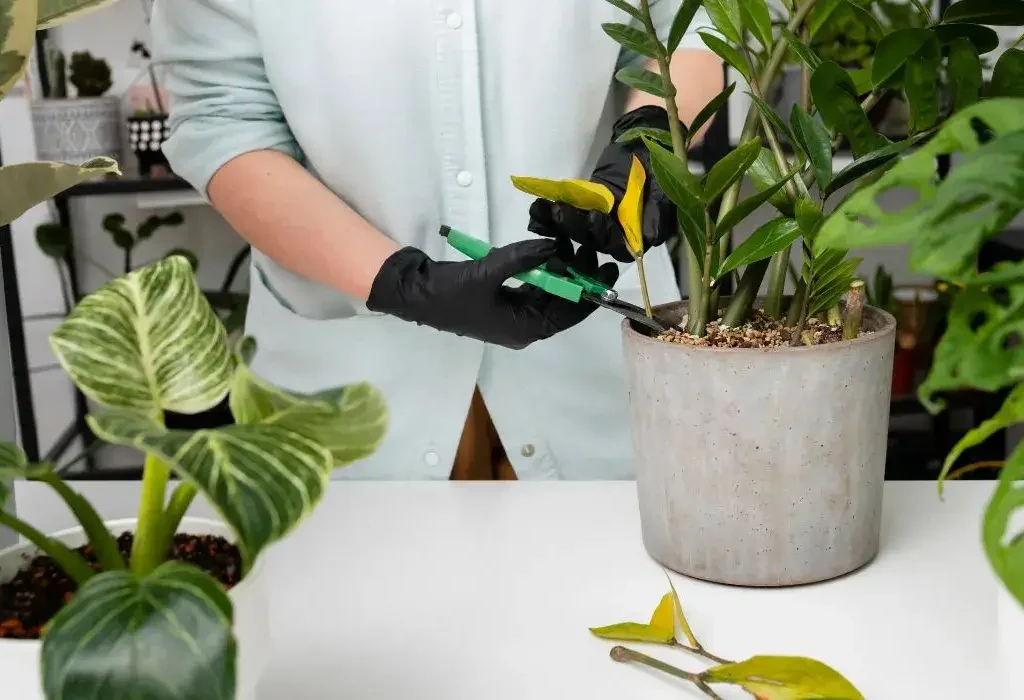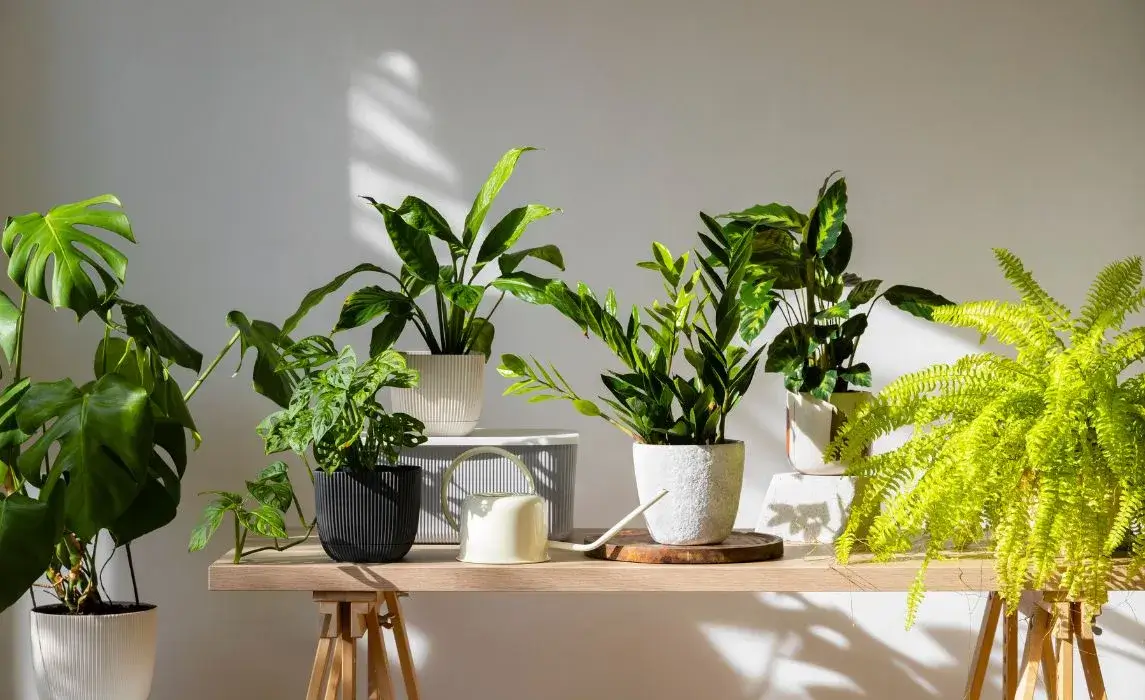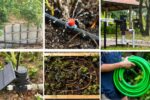Few things are more frustrating for plant lovers than seeing tiny, pesky gnats buzzing around their beloved indoor plants. These annoying insects, often mistaken for fruit flies, can not only be a nuisance but can also harm your plants if left unchecked. Fortunately, getting rid of gnats in plants isn’t difficult once you understand why they appear and how to effectively manage them.
In this article, we’ll break down everything you need to know about dealing with gnats in houseplants — from identifying them, understanding why they invade, and using natural, chemical, and preventive solutions to reclaim your plant’s health.
Let’s dive in!

What Are Gnats in Plants?
Gnats, specifically fungus gnats, are small, black, mosquito-like insects that often hover around the soil of indoor plants. While adult gnats are mostly harmless to humans and mature plants, their larvae can damage plant roots by feeding on organic matter in the soil — including young root hairs.
Quick facts about fungus gnats:
- Adults are about 1/8 inch long.
- They’re attracted to moist soil.
- Females can lay up to 200–300 eggs in damp soil.
- Eggs hatch into larvae within 4–6 days.
- Larvae feed on fungi, decaying organic matter, and plant roots.
If left untreated, a gnat infestation can weaken plants, stunt growth, and even cause plant death in severe cases.

How to Identify Gnat Infestation in Plants
Before taking action, it’s important to confirm you’re dealing with gnats and not other flying pests like fruit flies.
Signs of gnat infestation:
- Tiny black flies hovering around the soil surface.
- Larvae (small, translucent worms with black heads) visible in wet soil.
- Wilting, yellowing, or drooping leaves despite proper watering.
- Mushy roots or signs of root rot due to soil staying too moist.
Once you’ve identified the problem, it’s time to tackle it head-on.

Why Do Gnats Invade Plant Soil?
The biggest attraction for gnats is consistently moist, organic-rich soil. Overwatering, poor drainage, and the presence of decaying organic material like dead leaves create the perfect breeding environment.
Key causes include:
- Overwatering plants.
- Using soil mixes with a high organic content.
- Leaving decaying plant matter on the soil surface.
- Lack of proper soil aeration.
- Warm, humid indoor conditions.
Understanding these factors is crucial because removing them is half the battle in getting rid of gnats for good.

How to Kill Gnats in Plants: 10 Effective Methods
Now that you’ve identified the culprits and their causes, here are the best proven ways to eliminate gnats from your plants:
1. Let the Soil Dry Out
The simplest and most natural method is to let the top 1-2 inches of soil dry out completely between waterings. Fungus gnats need moist conditions to lay eggs and for larvae to survive. Dry soil disrupts their life cycle.
Pro Tip: Stick your finger into the soil; only water when it feels dry an inch below the surface.
2. Use Sticky Traps
Bright yellow sticky traps attract adult gnats and prevent them from laying eggs. Place these traps near the soil surface or hang them just above your plants.
- Replace traps every few days as they fill up.
- Position traps close to plant pots for maximum effectiveness.
This helps control the adult population while you target the larvae below.
3. Apply a Natural Soap Spray
A homemade insecticidal soap made from dish soap and water can kill adult gnats on contact.
Recipe:
- Mix 1 quart of water with 1-2 teaspoons of mild dish soap.
- Pour into a spray bottle and mist the soil surface and leaves.
Repeat every 3–4 days until gnats disappear.
4. Use Hydrogen Peroxide Solution
Hydrogen peroxide (3%) is safe for plants and effective against gnat larvae.
How to use:
- Mix one part hydrogen peroxide with four parts water.
- Water your plants with the solution, soaking the soil.
- You’ll hear a fizzing sound — that’s the peroxide killing larvae and fungi.
Do this once a week until no gnats remain.
5. Introduce Beneficial Nematodes
For a completely natural, soil-safe solution, release beneficial nematodes into the soil. These microscopic worms prey on gnat larvae without harming your plants.
To use:
- Purchase nematodes online or from garden centers.
- Mix them with water and pour into the soil as directed.
They’re highly effective and safe for homes with pets and kids.
6. Top Dress the Soil
Gnats lay eggs on the soil’s surface. Covering it with a dry, inert material creates a barrier.
Materials to use:
- Sand
- Fine gravel
- Decorative pebbles
- Horticultural charcoal
This method also adds a stylish look to your pots while blocking access to moist soil.
7. Use Neem Oil Solution
Neem oil is a natural insecticide and fungicide, effective against both adult gnats and larvae.
How to use:
- Mix 2 teaspoons neem oil, 1 teaspoon dish soap, and 1 quart water.
- Spray the soil surface and plant leaves thoroughly.
- Repeat every 7–10 days until the infestation is gone.
8. Cinnamon Powder Treatment
Cinnamon acts as a natural fungicide and gnat deterrent.
How to apply:
- Sprinkle ground cinnamon evenly over the soil surface.
- Water lightly to activate its antifungal properties.
It kills fungi that larvae feed on and helps control the population naturally.
9. Bottom Watering
Bottom watering involves adding water to the plant tray instead of on top of the soil. This method keeps the surface dry, making it less appealing for gnats.
How to do it:
- Place water in the plant saucer.
- Let the plant soak up moisture through drainage holes.
- Remove excess water after 30 minutes.
10. Repot with Fresh, Sterile Soil
If your infestation is severe, the best option may be to repot the plant entirely.
Steps:
- Remove the plant and gently shake off old soil.
- Rinse roots with lukewarm water.
- Clean the pot thoroughly.
- Refill with fresh, sterile potting mix.
- Water sparingly after repotting.
How to Prevent Gnats in Plants
Once you’ve eradicated the gnats, it’s important to prevent them from returning.
Prevention tips:
- Avoid overwatering — always check soil moisture first.
- Ensure good drainage in pots.
- Remove dead leaves and plant debris.
- Use well-draining, sterile potting soil.
- Keep indoor humidity in check.
- Regularly inspect new plants before bringing them inside.
Final Thoughts
Gnats in houseplants can be annoying, but with the right knowledge and a combination of natural and proactive methods, you can quickly reclaim your plant’s health. From sticky traps and hydrogen peroxide treatments to clever prevention tips, tackling these tiny pests is entirely manageable.
A little consistency goes a long way — and soon, your indoor jungle will be gnat-free and thriving once again.
Got a gnat problem story or a tip that worked for you? Share it in the comments — let’s help fellow plant parents win the battle against these pesky intruders!





Leave A Comment